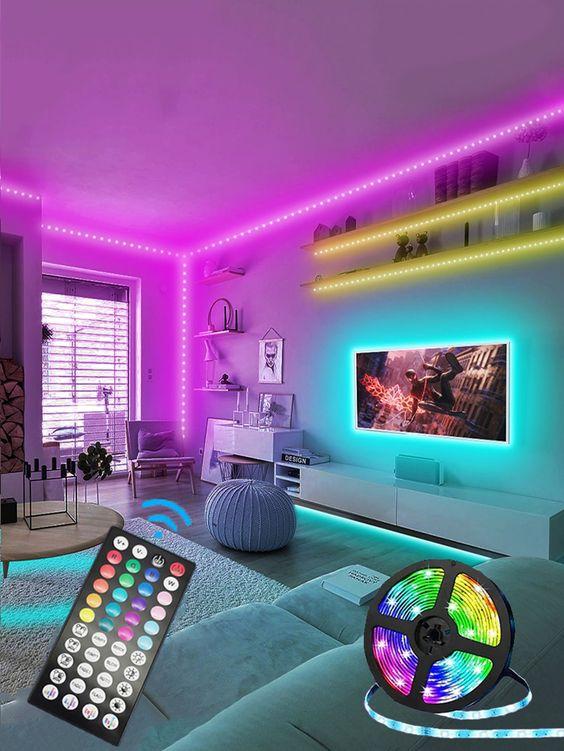If you've ever experienced the frustration of waiting for your outdoor lights to turn on in freezing weather, then you'll appreciate the benefits of LED lights. Unlike traditional lighting methods, LEDs thrive in cold weather and offer a reliable solution for outdoor environments. Let's explore why LEDs are the preferred choice for cold climates and why they outperform other alternatives.
See more: What makes LED light bulbs superior?
Why LEDs Excel in Cold Weather
LEDs are semiconductors that produce light using electricity, rather than heat. This makes them highly efficient and durable in cold temperatures. In fact, cold weather enhances the performance of LEDs, as cooler environments result in higher light output. Unlike traditional bulbs, LEDs are not affected by temperature fluctuations.
LEDs are designed with heat sinks that absorb excess heat and disperse it to the external environment. This thermal management ensures that the bulb's internal temperature remains optimal for efficient operation. As long as outdoor LED light fittings are protected from water, cold temperatures actually prolong the life of an LED.
See more: Why do LED Lights Fail?
Addressing Flickering Concerns
LED lights are not prone to flickering in cold weather. However, if you experience flickering, it may be due to low-quality components that are not weather-resistant. Investing in high-quality LED lights made from reliable materials will ensure stable performance throughout the winter months. LED lights are ideal for floodlights, streetlights, and decorative lighting in cold climates.
See more: What makes LED light bulbs superior?
CFLs: Not Suitable for Cold Weather
While LEDs excel in cold weather, compact fluorescent lights (CFLs) do not perform well in low temperatures. CFLs rely on specific temperatures to begin producing visible light. Temperatures below -10°C (14°F) cause CFLs to fail, making them unsuitable for outdoor lighting in cold environments. CFLs can also be hazardous when exposed to rapid temperature changes, potentially leading to bulb breakage and the release of mercury vapor.
See more: Lynn Delagarza
LED Operating Temperature Range
The operating temperature range of LED lights varies among different models. Generally, most LEDs can function between -30°C and 60°C (-22°F and 140°F). This wide temperature range makes LEDs suitable for a variety of applications in hot and cold climates. The optimal temperature for an LED bulb's internal elements is around 25°C (77°F), but as long as the junction temperature remains below this threshold, the LED will continue to work effectively.
See more: What Colour LED Light Do I Need?
LEDs in Freezers: A Perfect Match
LED lights are widely used in fridge freezers due to their compatibility with cold temperatures. Unlike non-LED lights, LEDs produce minimal heat, reducing the workload for your freezer when the door is left open. This energy efficiency makes LED-equipped fridge freezers cheaper to operate. Replacing traditional 40-60W bulbs with 3W LED alternatives can save up to $55 per year.
In conclusion, LED lights are the ideal choice for cold environments. They offer reliability, energy efficiency, and safety. Whether you need outdoor lights, lights for your freezer, or even garage lighting, consider investing in LED bulbs. Just remember to check the specific operating temperature of the LED light before making a purchase.
Feel free to share your thoughts and questions in the comments section below!

